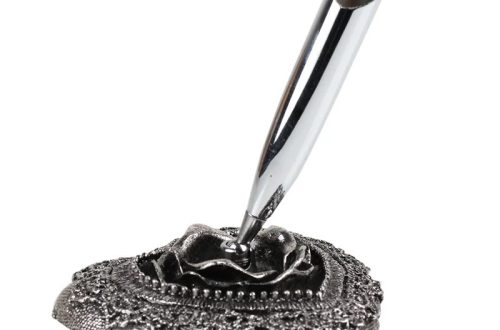The world of technology is ever-evolving, constantly striving for faster data transfer speeds, sleeker designs, and improved functionality. In this race for progress, some once-ubiquitous technologies fade into the background. The Mini USB connector, a mainstay for many devices in the early 2000s, is a prime example. While no longer the reigning champion, understanding its role in the USB story and its eventual decline offers valuable perspective on the ever-changing tech landscape.
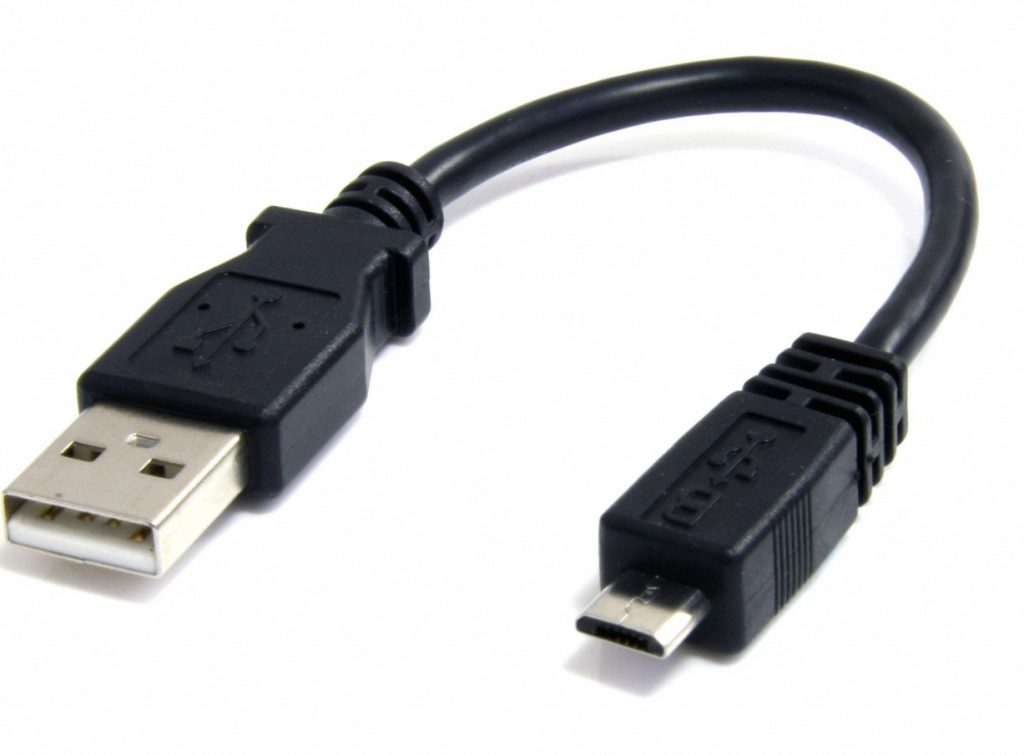
Part 1: The Rise of Mini USB – Catering to Shrinking Devices
Addressing Limitations of USB-A:
The original USB-A connector, while robust, had limitations, particularly in terms of size. Its bulky design was not well-suited for the increasingly smaller and more portable devices that were emerging, such as MP3 players and early mobile phones. However, with the introduction of the Mini USB connector, a more compact solution was provided, enabling manufacturers to create sleek and pocketable gadgets. This smaller connector size allowed for more streamlined and portable designs, making it easier for manufacturers to produce smaller and more portable devices without compromising on connectivity. The adoption of the Mini USB connector in these devices allowed for improved portability and convenience, catering to the evolving needs of consumers who were seeking compact and stylish electronic gadgets. As a result, Mini USB played a significant role in the evolution of portable devices, paving the way for a new generation of sleek and pocket-sized electronics.
A Universal Standard for Many Devices:
Mini USB became widely adopted as a universal standard for connecting a diverse range of devices to computers. Its versatility led to its integration in various devices, including digital cameras, camcorders, external hard drives, gaming consoles, and more. This standardization streamlined connectivity and provided a universal interface for a multitude of devices, ultimately simplifying the user experience by eliminating the need for a plethora of different cables. This widespread adoption of Mini USB as a common connection interface brought convenience to users, as they could use the same cable for multiple devices, reducing the clutter and confusion associated with managing different types of cables. The ubiquity of Mini USB as a connector standard also contributed to its popularity and convenience, as users could easily find compatible cables and connectors for their devices, making it a practical and widely accepted solution for connecting various peripherals to computers and other host devices.
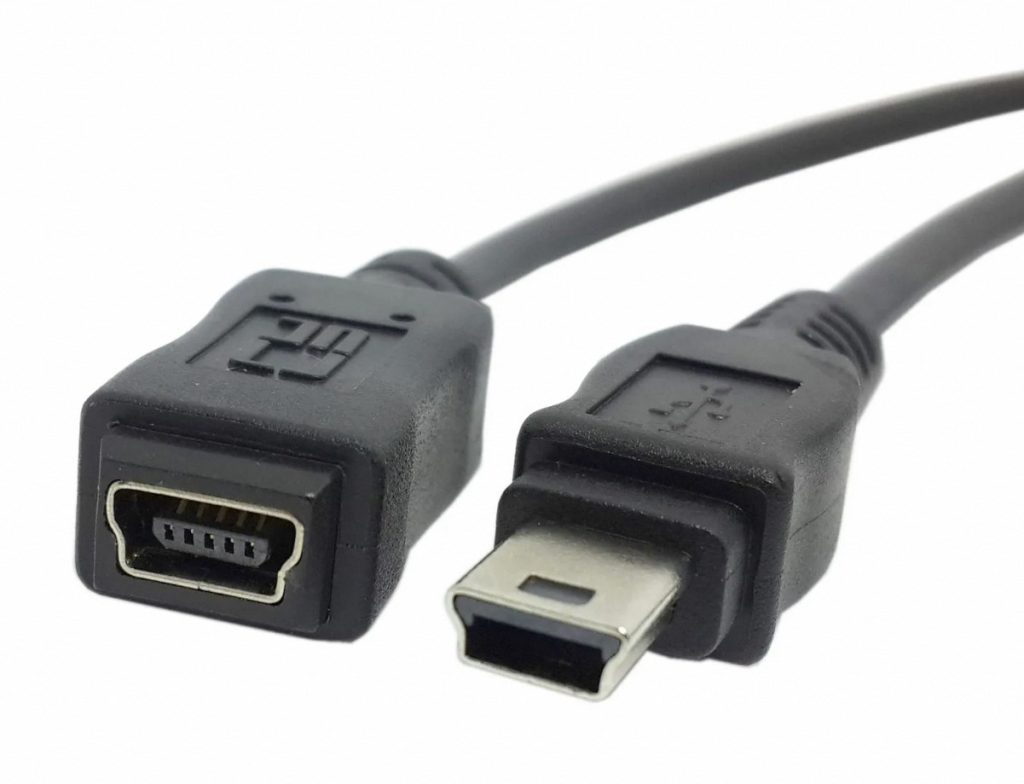
Part 2: Mini USB’s Reign and Shortcomings
Speed Limitations:
Mini USB, despite addressing size constraints, had limitations in terms of data transfer speeds, being capped at USB 2.0 specifications with a maximum theoretical speed of 480 Mbps. As technology evolved and user demands increased, these limitations became more apparent, especially when transferring larger media files such as high-resolution photos and videos. The need for faster data transfer speeds led to the development of newer USB standards like USB 3.0 and eventually USB 3.1, offering significantly faster data transfer rates to accommodate the growing file sizes of modern media content. The emergence of these newer standards enabled users to transfer data more quickly and efficiently, addressing the limitations of Mini USB and providing a better solution for handling the demands of high-resolution content and large file transfers in a wide range of devices and applications.
Durability Concerns:
The Mini USB connector, despite its compact size, had a delicate design that posed some challenges. Its thin profile and small latch made it susceptible to damage, particularly with frequent insertions and removals. This fragility became a source of frustration for users who encountered loose connections or experienced malfunctioning cables. This issue highlighted the need for a more robust and durable design to address the potential for wear and tear. As technology advanced, the industry responded by introducing more resilient connector options, such as Micro USB and USB-C, which aimed to improve durability and address the shortcomings of the Mini USB. These advancements aimed to provide a sturdier and more reliable connection, ultimately enhancing the user experience and eliminating the frustrations associated with the delicate nature of Mini USB connections.
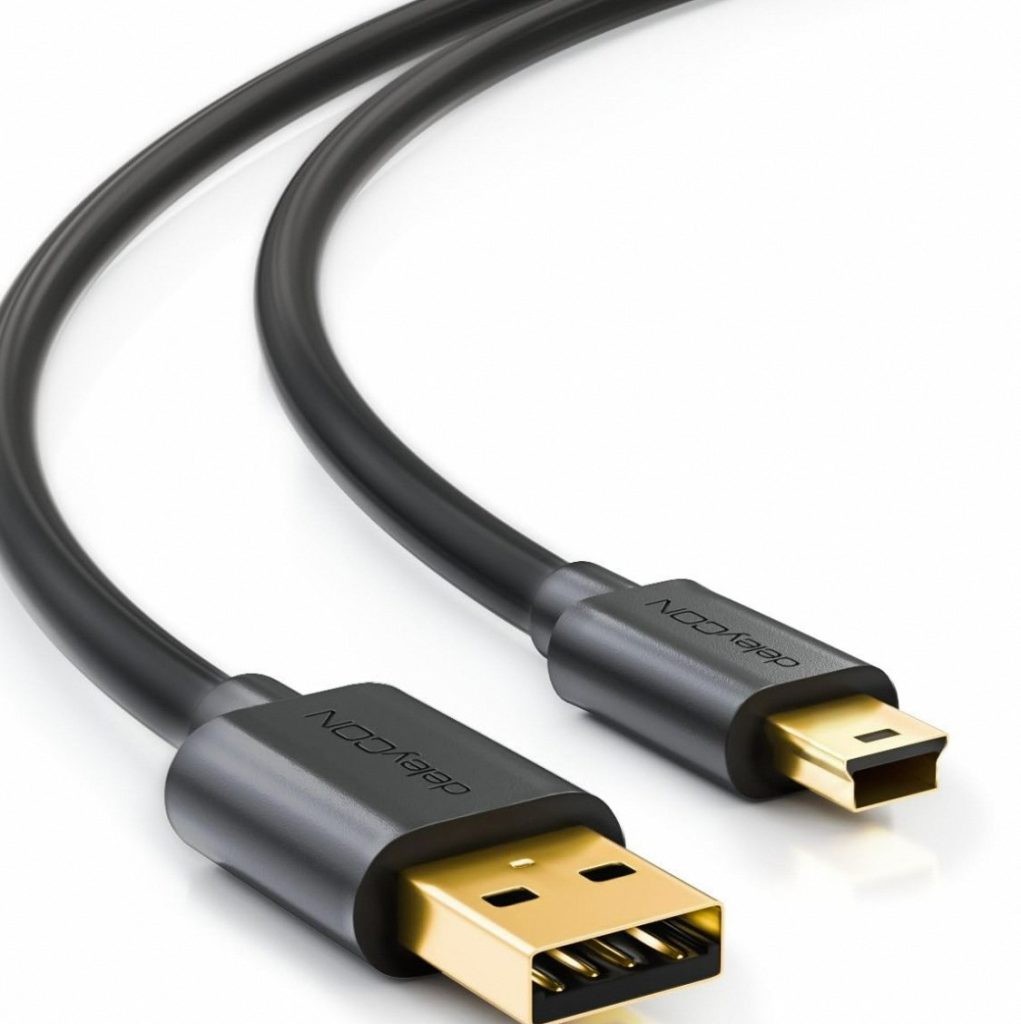
Part 3: The Dawn of New Generations – Micro USB and USB-C Take Over
Micro USB – Addressing Durability and Size:
As technology continued to advance and miniaturize, Micro USB emerged as the successor to the Mini USB connector. It offered an even smaller footprint while addressing some of the durability concerns associated with the Mini USB through a more robust design. The Micro USB connector’s improved durability aimed to address the fragility issues that users experienced with the Mini USB, providing a more resilient and reliable connection for various devices. Moreover, Micro USB also maintained compatibility with USB 2.0, ensuring a smooth transition for users and devices already using this standard. This compatibility and enhanced durability made Micro USB a popular choice for a wide range of devices, from smartphones and tablets to various other consumer electronics. Its smaller size and improved design contributed to its widespread adoption as the preferred connection standard for portable and compact devices.
USB-C – Ushering in the Era of Speed and Versatility:
USB-C represents a quantum leap in USB technology. It boasts a symmetrical design, eliminating the frustration of fumbling for the correct cable orientation. Most importantly, USB-C supports the latest USB specifications, enabling significantly faster data transfer speeds (USB 3.1 Gen 1 and beyond) and even video output capabilities.
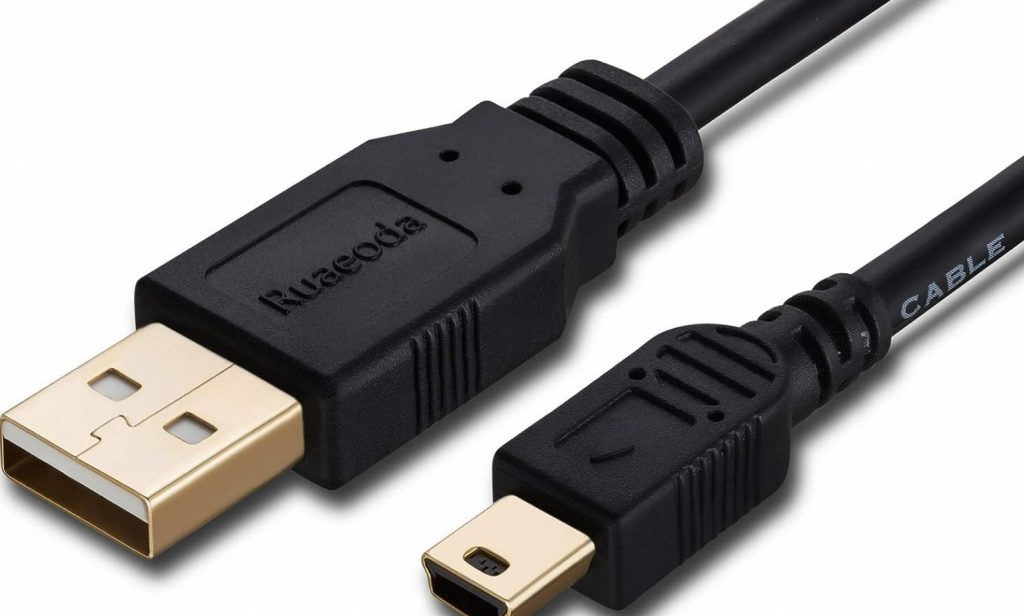
Part 4: The Legacy of Mini USB – A Stepping Stone in Tech Evolution
Paving the Way for Smaller Devices:
The introduction and widespread adoption of Mini USB played a crucial role in enabling the miniaturization of various electronic devices. Its compact design allowed manufacturers to create smaller, sleeker, and more portable gadgets that we take for granted today.
A Stepping Stone to Universality:
Mini USB, despite its limitations, served as a stepping stone towards a more universal connection standard for portable devices. It paved the way for future iterations like Micro USB and USB-C, which further refined size, durability, and functionality.

In conclusion, the Mini USB connector, though no longer at the forefront of technology, played a significant role in the evolution of USB technology. Its compact design facilitated the creation of smaller and more portable devices, while its widespread adoption fostered a degree of connection standardization. As technology continues to advance, Mini USB serves as a reminder of the constant push for improvement and the ever-changing landscape of the tech industry.


